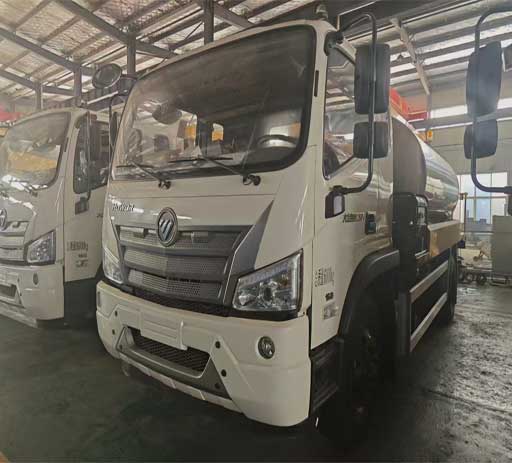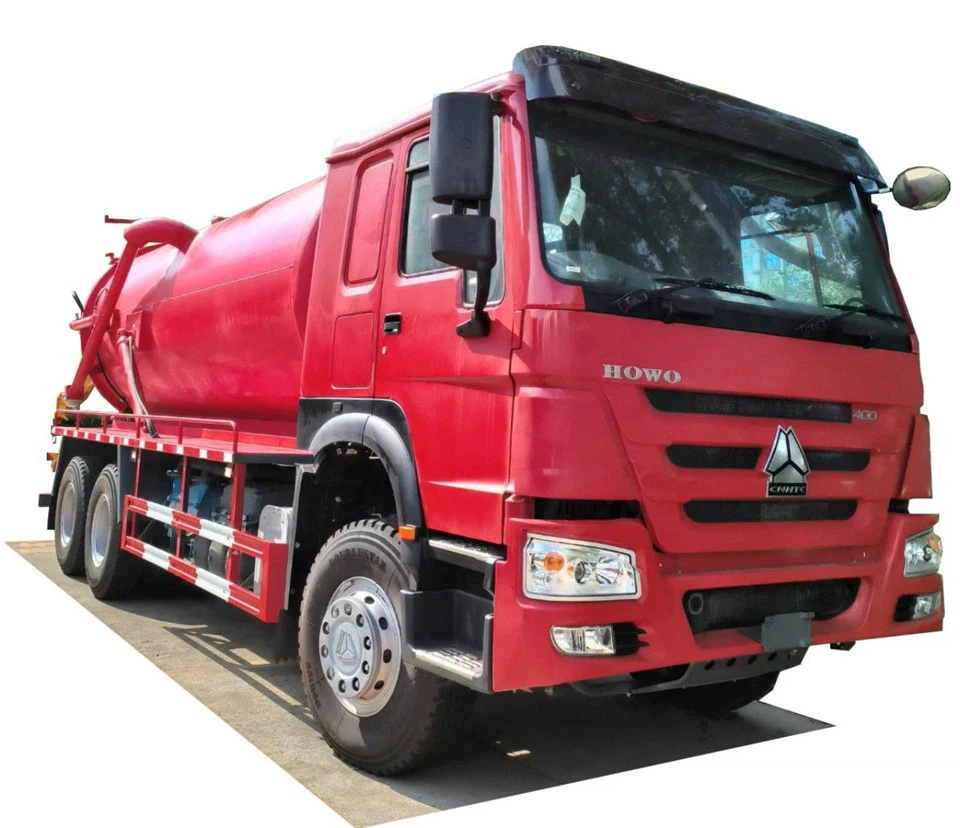Truck with Tail Lift: The Ultimate Guide for Efficient Transportation

Introduction
When it comes to transporting heavy goods, efficiency and safety are paramount. A truck equipped with a tail lift provides an excellent solution for businesses involved in logistics, deliveries, or moving services. This article delves into everything you need to know about trucks with tail lifts, including their benefits, types, applications, and maintenance tips.
What is a Truck with a Tail Lift?
A truck with a tail lift is a commercial vehicle enhanced with a hydraulic lift mechanism at the rear. This tail lift allows for easy loading and unloading of heavy or bulky items, minimizing the need for manual lifting and reducing the risk of injury. Tail lifts come in various designs and sizes, making them suitable for a wide range of applications.
Key Features of Trucks with Tail Lifts
- Hydraulic Lift Mechanism: Provides a reliable and smooth lifting action.
- Weight Capacity: Most tail lifts can handle loads ranging from 500 kg to 2000 kg or more.
- Control Options: Operated via a remote control or a manual switch.
- Durability: Built to withstand heavy use in various weather conditions.
Benefits of Using Trucks with Tail Lifts
Trucks equipped with tail lifts offer numerous advantages, making them an essential part of many businesses.
Enhanced Safety
By utilizing a tail lift, the risk of back injuries and other lifting-related accidents is significantly reduced. This feature promotes a safer working environment for drivers and loaders alike.
Increased Efficiency
With a tail lift, loading and unloading times are drastically reduced. This efficiency allows for quicker turnaround times, ultimately leading to enhanced productivity within your logistics operations.
Versatility in Cargo Handling
Trucks with tail lifts can handle a variety of items, from furniture to industrial equipment. This versatility makes them ideal for different sectors, including retail and construction.
Cost-Effectiveness
Although the initial investment in a truck with a tail lift may be higher, the reduction in labor costs and the minimization of injuries can lead to significant savings in the long run.
Types of Tail Lifts
Not all tail lifts are created equal. Understanding the different types can help you choose the right one for your needs.
Column Tail Lifts
These lifts operate vertically, using hydraulic columns to raise the platform. They are ideal for high-lift applications and can be used with various truck models.

Cantilever Tail Lifts
Cantilever tail lifts are designed to extend out from the edge of the vehicle. They provide a larger working area, making them suitable for wider items.
Scissor Tail Lifts
Scissor lifts provide a compact design and a great lifting capacity. They are often used for heavy-duty purposes and are known for their stability during operation.
A Comparison Table of Tail Lift Types
| Type | Operation | Best For |
|---|---|---|
| Column | Vertical movement | High lift applications |
| Cantilever | Extended outwards | Loading wide items |
| Scissor | Stable lifting | Heavy-duty loading |
Applications of Trucks with Tail Lifts
Trucks with tail lifts find applications in various industries, making them a versatile choice for different business needs.
Logistics and Delivery Services
Tail lift trucks are commonly used for transporting goods from warehouses to retail stores or directly to consumers. They make the process of loading and unloading packages much easier.
Furniture Removal and Delivery
In the moving business, tail lift trucks are essential for transporting furniture without causing damage to the items or injuring the movers. They allow for seamless delivery to multiple locations.
Construction and Building Sites
Construction companies often use trucks with tail lifts to transport materials such as lumber, concrete blocks, and tools. The ease of use allows for quick access to building sites.
Specific Use Case Example
A furniture removal company received multiple orders for large sofa sets. The use of trucks with tail lifts allowed the company to deliver each order efficiently, reducing delivery times by 50% compared to traditional methods.
Choosing the Right Truck with a Tail Lift
Selecting the right truck for your business requires careful consideration of several factors.
Assess Your Load Requirements
Determine the maximum load weight and volume you expect to carry. This information will guide you in selecting a truck that meets your needs.
Consider Your Operating Environment
Assess the types of locations where you will be operating. Urban areas may require a more compact truck, while construction sites need heavier models.
Budget and Maintenance Costs
Evaluate your budget for both purchasing and maintaining the truck. Factor in potential repair and maintenance costs related to the tail lift mechanism.
Tips for Choosing the Right Truck
- Research different brands and models for reliability.
- Check for available warranty and service plans.
- Read customer reviews and seek recommendations.
Maintenance Tips for Trucks with Tail Lifts
Regular maintenance is crucial to ensure lifelong efficiency and safety of your truck’s tail lift.
Regular Inspections
Conduct routine inspections of the tail lift and hydraulic system to identify any wear or potential issues. Early detection can prevent costly repairs.
Lubrication
Ensure all moving parts are adequately lubricated. This practice will help reduce friction and wear, prolonging the lifespan of the lift.
Cleaning Procedures
Regularly clean the tail lift components to remove dirt and debris. Accumulated dirt can cause mechanical issues over time.
Maintenance Checklist
| Maintenance Task | Frequency |
|---|---|
| Visual Inspection | Weekly |
| Hydraulic Fluid Check | Monthly |
| Lubrication of Moving Parts | Every 3 Months |
| Comprehensive Service Check | Annually |
FAQs About Trucks with Tail Lifts
1. How much weight can a truck with a tail lift carry?
The weight capacity of a truck with a tail lift typically ranges from 500 kg to 2000 kg, depending on the model and specifications.
2. Do I need special training to operate a truck with a tail lift?
While basic driving skills are sufficient, it is recommended that operators receive training on the specific tail lift mechanism for optimal safety and efficiency.
3. Are trucks with tail lifts suitable for all types of cargo?
Yes, trucks with tail lifts are versatile and can accommodate a wide range of items, from furniture to industrial equipment, as long as they are within the weight capacity limits.
4. How often should I maintain a truck with a tail lift?

Regular inspections should be conducted weekly, while more comprehensive maintenance, including hydraulic fluid checks and lubrication, should be performed monthly and quarterly, respectively.

5. Can I install a tail lift on my existing truck?
Yes, it is possible to install a tail lift on many existing truck models. However, it is essential to consult with a professional to ensure compatibility and safety.
6. What should I do if my tail lift is not functioning correctly?
If your tail lift is malfunctioning, refrain from using it and consult a qualified technician to diagnose and repair the issue promptly.
